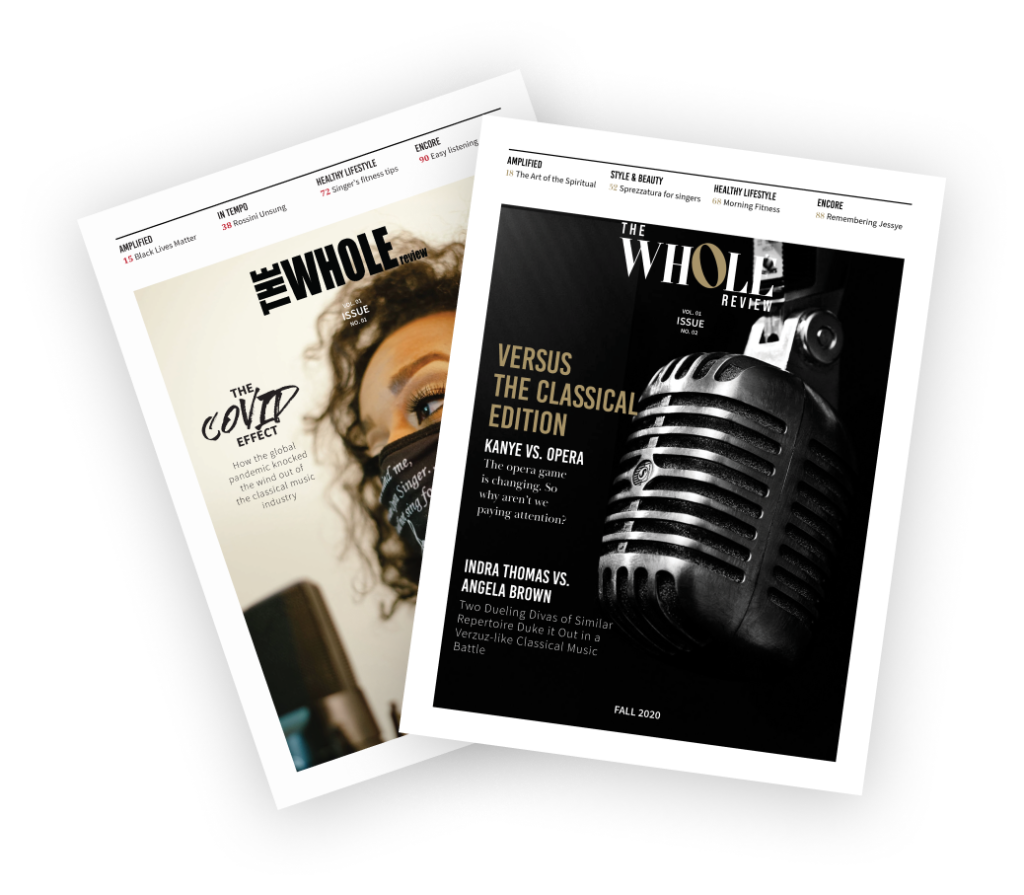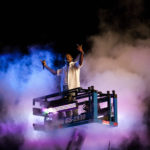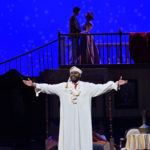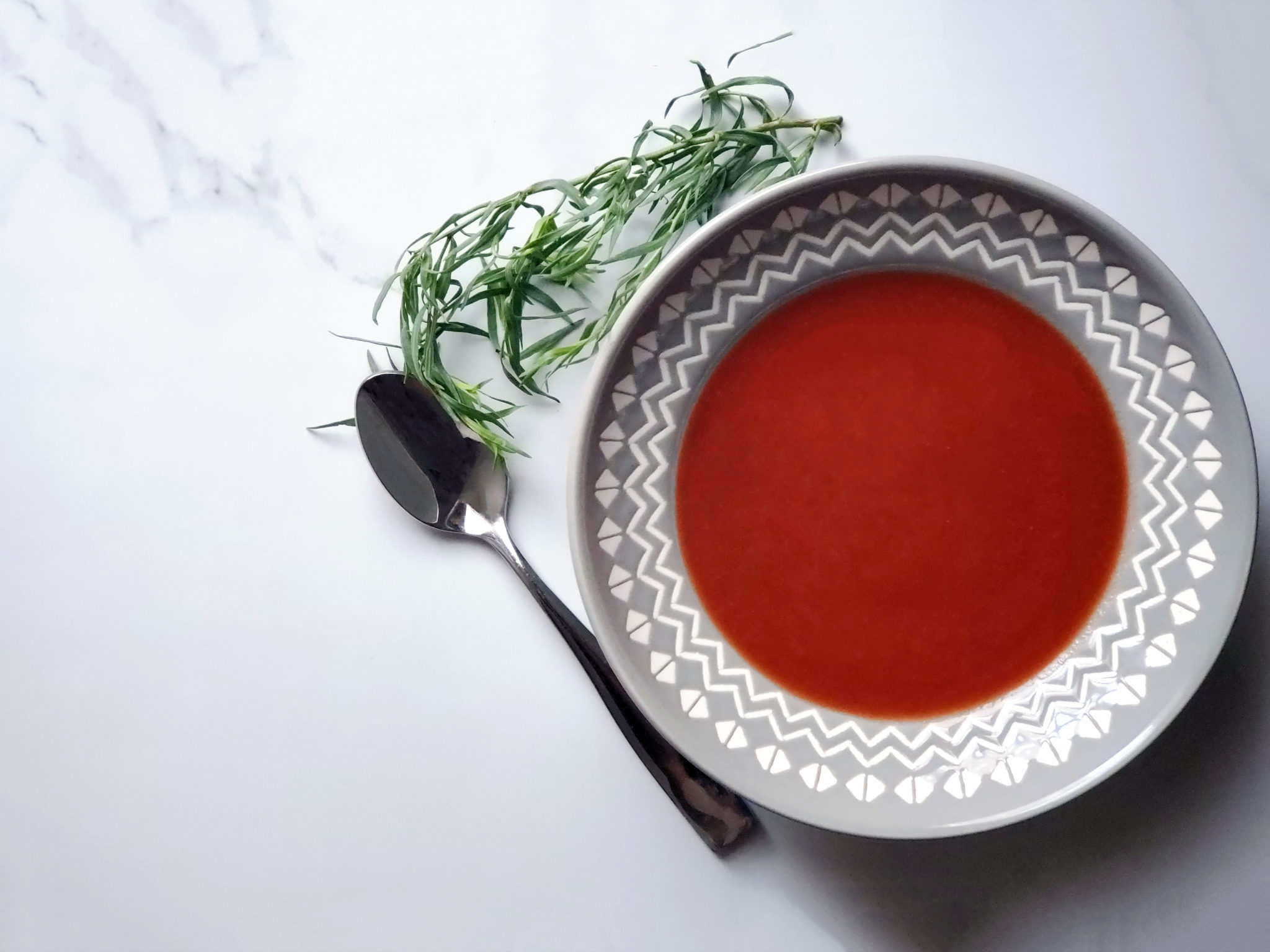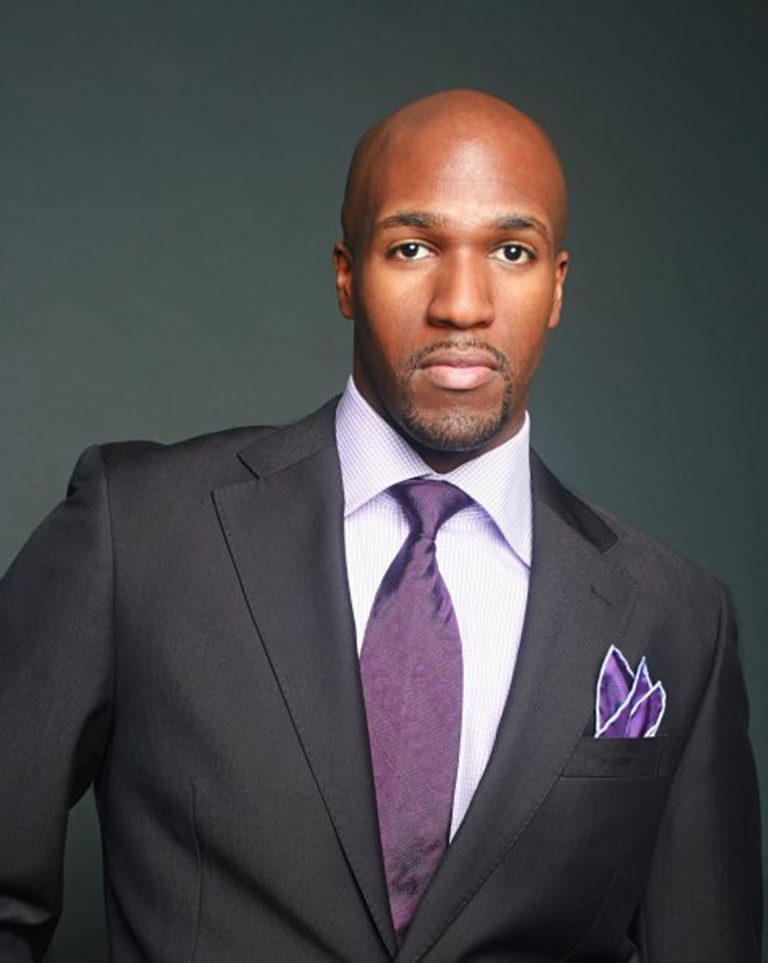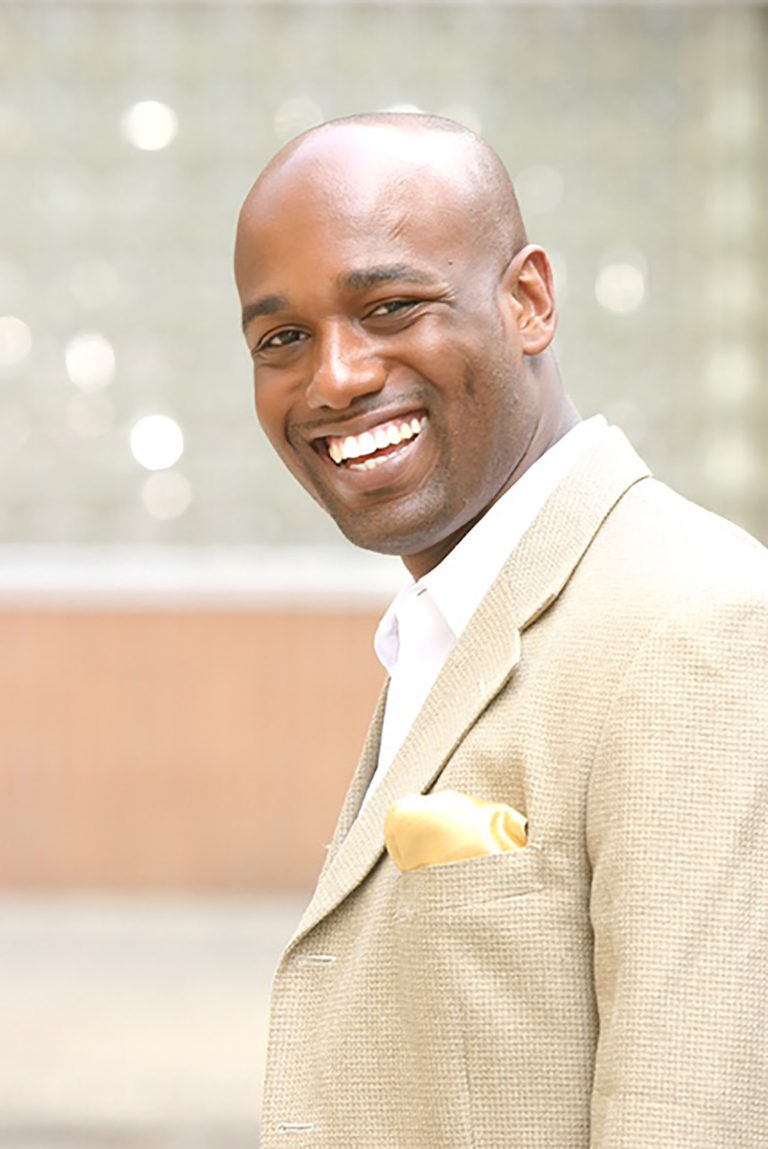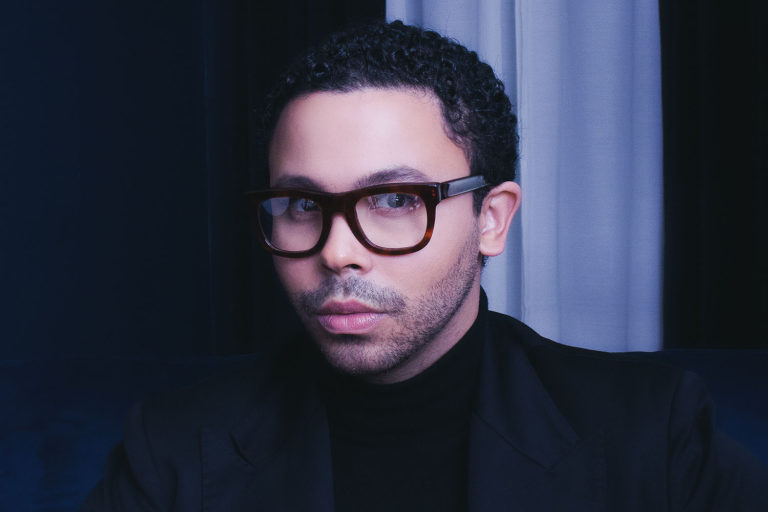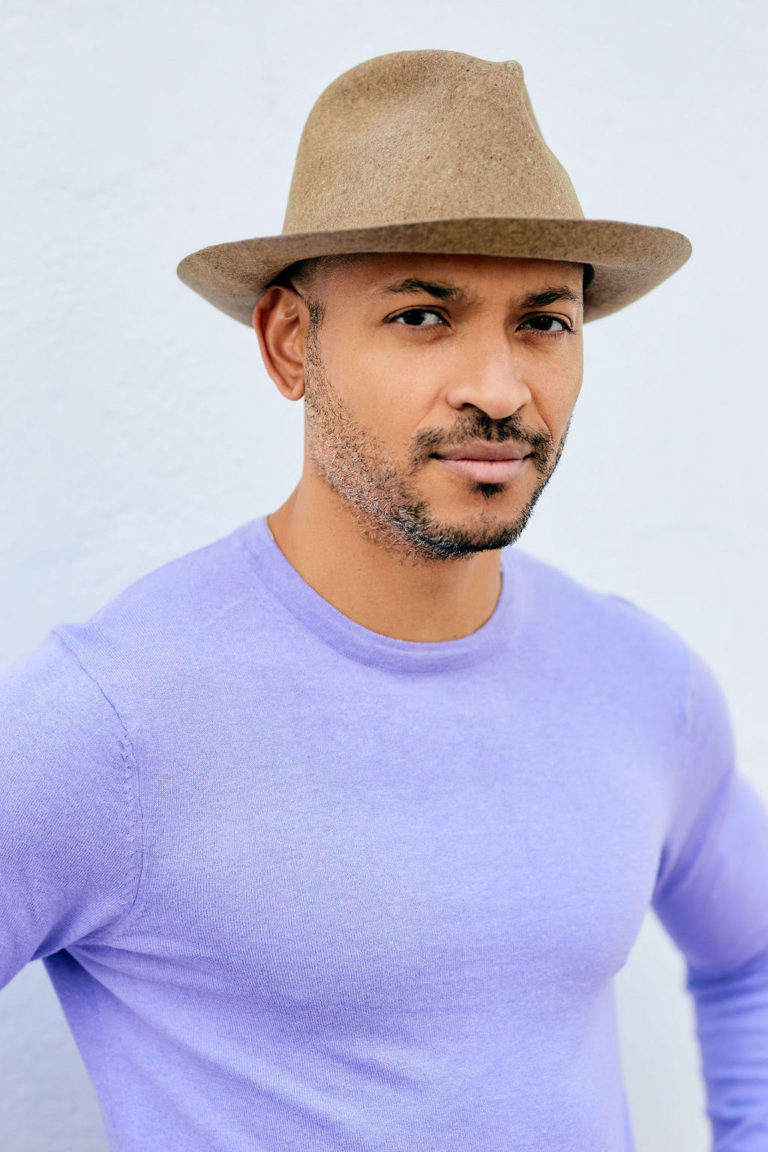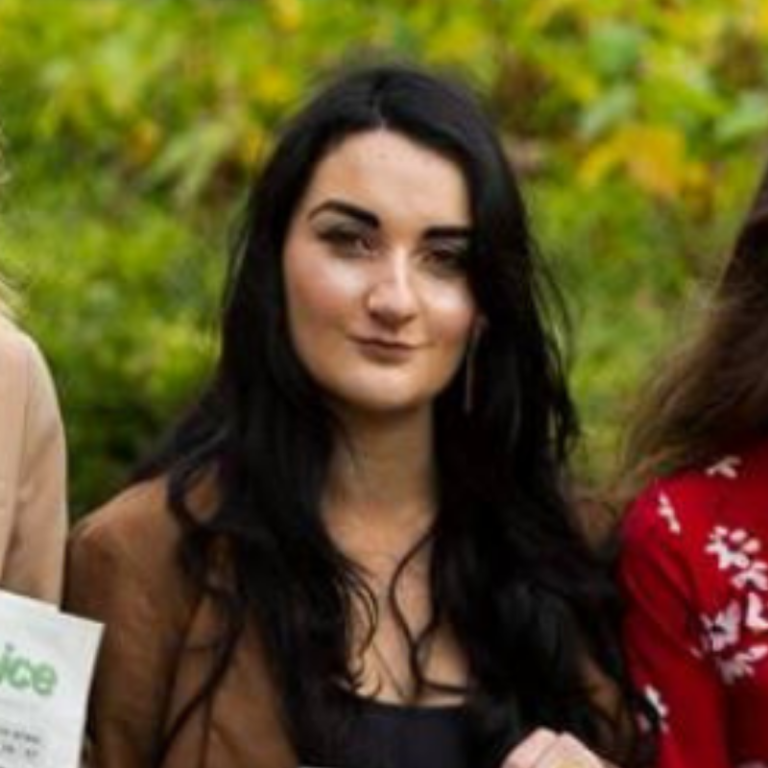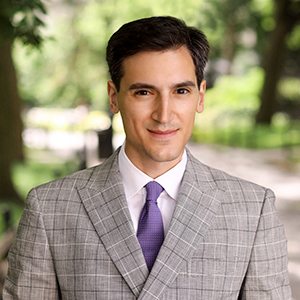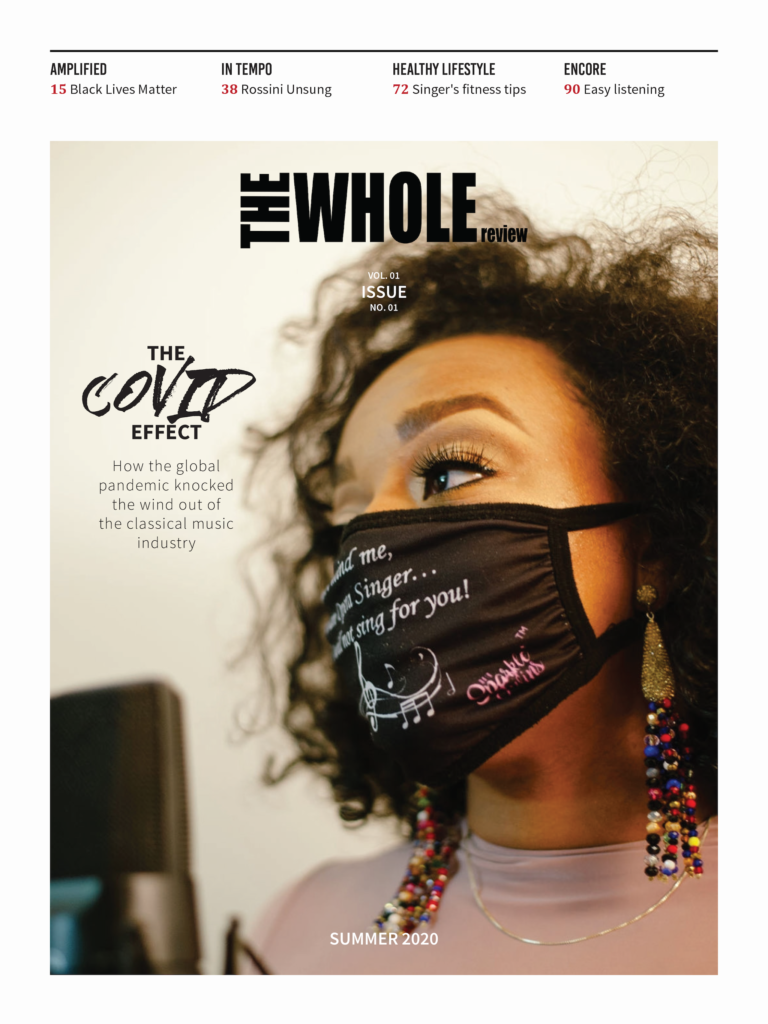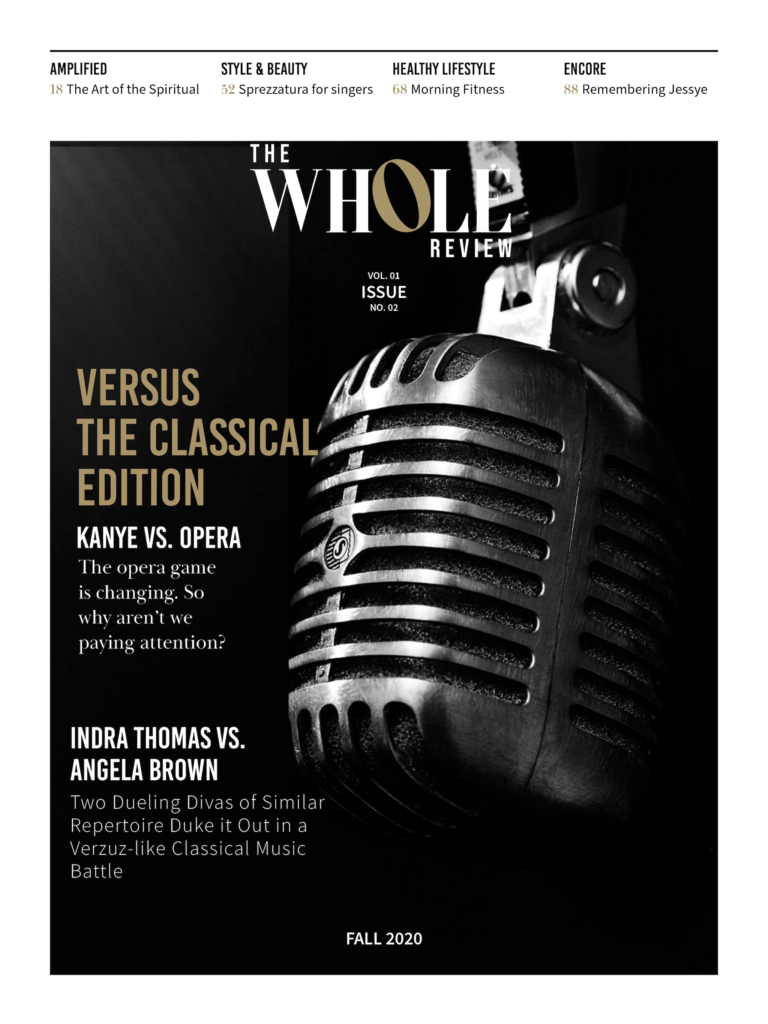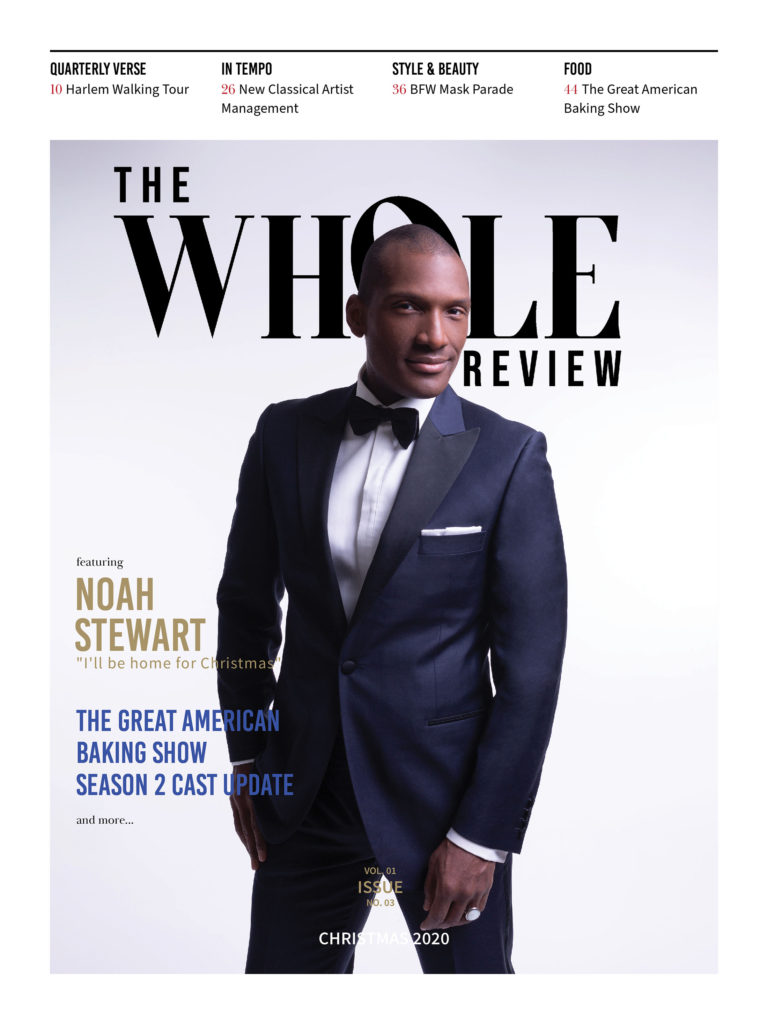With the lack of concerts and live musical events the last seven months, the nation’s desire to be entertained has been at perpetual crescendo. Sheltered in place during the early months of the coronavirus disease pandemic, folks have been rapt, consuming a higher than average amount of television and online content from their couches and armchairs. So much so, in fact, in an April article, The New York Times announced “The Virus Changed the Way We Internet,” showing double-digit consumption growth in web activity on Facebook, Netflix and YouTube in a matter of weeks. A similar pattern has been observed in music streams with a report released by Nielsen Music and MRC in July, despite the overall downturn in other audio consumption like tentpole events, music festivals, concerts and tours. The classical music industry, too, saw its nadir when The Metropolitan Opera closed its doors and the lights on New York City’s Great White Way dimmed.
This sudden shift to all-things-virtual has skyrocketed the use of technology for conducting routine activities that would have otherwise taken a much longer time to embrace: Zoom has become the preferred mode of conference meetings, Kareo is a leading solution for visiting the doctor, and Verzuz, has cemented itself an innovative way to enjoy live music. The brainchild of famed music hip-hop producers and recording artists, Swizz Beatz and Timbaland, Verzuz has put musical luminaries like Brandy vs. Monica, Alicia Keys vs. John Legend and Patti Labelle vs. Gladys Knight among many others in a musical faceoff.
Verzuz’ formula is simple.

 Match two artists: producer, songwriter or vocalist of equal stature in a similar genre; have each pair deejay, play or live perform a select list of songs in intervals; intermix the set with background information about their mutual acquaintance, lives in the business or the creation of each song—the end product of which is musical genius. A sentiment Swizz Beatz told the Associated Press, “We don’t like the word ‘battle’ although it’s natural to say ‘battle’ when two people are playing songs with each other. More this is an educational celebration.”
Match two artists: producer, songwriter or vocalist of equal stature in a similar genre; have each pair deejay, play or live perform a select list of songs in intervals; intermix the set with background information about their mutual acquaintance, lives in the business or the creation of each song—the end product of which is musical genius. A sentiment Swizz Beatz told the Associated Press, “We don’t like the word ‘battle’ although it’s natural to say ‘battle’ when two people are playing songs with each other. More this is an educational celebration.”
The first Verzuz began with Swizz Beatz vs. Timbaland in late March with some 22,000 viewers at max peak but has grown precipitously with 19 other battles and an average peak viewership of roughly 360,000. The highest was Brandy vs. Monica which drew over 1.2 million viewers. This is a feat by any musical standard, because there likely has never been any live musical event (that is not an awards
show or the Super Bowl Halftime Show) with as many butts in seats or eyeballs, due to the fact that the whole production happens live via online streaming across Verzuz’ site, Instagram and YouTube.
What has been absent, however, is representation of musical genres outside of dancehall, hip-hop, rap and R&B. There have been social media rumblings about bringing more inclusivity, with one classical music magazine, Verismo, making the statement “We need a Verzuz ‘Opera Edition.’” Various Instagram followers of the publication thought it would be a too highly judgmental event.
One, @ladivaria, went so far as to say “Opera people are TOO MEAN!!!! I like the idea of this but only if it’s two great friends in the same fach [vocal category], who sing equally as well, who truly love each other.”
Despite the challenge, Courtney Carey, conductor, composer and artistic director of Courtney’s Stars of Tomorrow, along with Martin Woods, the creator of the Chicago-based vocal arts initiative Vocalogy have taken it upon themselves to answer the call.
“Martin and I were talking one day,” said Carey. “We were both mildly lamenting over how behind the times we seem to be in this industry and started talking about how cool it would be to create a platform similar to Verzuz, but for opera singers. Now that we are all more accustomed to working, and essentially living online, we felt this would be a good time to put together a fun program. This is the beginning of the opera season and opera houses have shuttered with no real relief in sight. So, this program will hopefully be a fun way for us to connect and engage and be reminded of the beauty of opera and the human voice.”
Scheduled to occur October 31 at 7pm Eastern @cstarsoftomorrow on Facebook Live, Carey and Woods have paired esteemed African American sopranos Angela Brown and Indra Thomas to battle. The pairing will appease those circumspect classical music aficionados like @ladivaria, as both Ms. Brown and Ms. Thomas not only have a similar fach and repertoire, but they’re also good friends, “We have been around each other from the beginning of both our careers,” said Ms. Brown. “We have always supported one another when we were in concert or opera – from the Met to Paris and all points in between – when our schedules permitted, and proximity was not a problem.”
Ms. Brown is most known for her Metropolitan Opera debut in the role of Aida in 2004, which The New York Times acknowledged in a front-page story, entitled “At last an Aida.” She has also appeared in a slew of other outstanding works, including Charlie Parker’s Yardbird, Richard Danielpour’s Margaret Garner, among a number of other roles on various stages from the Vienna Staatsoper to Deutsche Oper Berlin. Ms. Thomas has also received acclaim for her role as Aida and is thought to have sung the role more than any other classical music artist, according to the Atlanta-Journal Constitution. She first came to prominence for a singing role in the 1989 Academy Award-Winning Best Picture Driving Miss Daisy. An Emmy nominee for the New Year’s Eve Broadcast Live from Lincoln Center and a Grammy-nominee for Michael Tippett’s A Child Of Our Time with the London Symphony Orchestra, she has graced the stage at the Metropolitan Opera, the Vienna State Opera, and the Royal Albert Hall among others.
“The cool thing about Angela and Indra is that their repertoire overlaps,” said Carey. “They’ve both sung in Aida, Un ballo in Maschera, Il Trovatore, and recorded Negro spirituals albums. But they are also very different artists and vastly different in their approach. So, if we’re listening to them sing the aria “Ritorna vincitor” from Aida one might hold that high A a little longer than is customary, and the other might make an unexpected subito piano on those “numi pietas”; that’s the stuff that gets audiences juiced up and screaming bravo at the top of their lungs.”
The past few months have been unkind to the arts and art makers generally. Fortunately, for Ms. Brown, she has had a steady stream of gigs and appearances, “I have been blessed to have sung with the Indianapolis Opera for their Opera in the Park Series. I have also been able to do a long-awaited passion project through my foundation Morning Brown Inc., that brings culture to cultural deserts where I was able to present four young singing professionals on my platform, “Opera…From A Sistah’s Point of View,” with Cincinnati Opera and Opera Birmingham. That show will air virtually later this year.”
Equally, Ms. Thomas has had a busy schedule with a slew of virtual engagements, “I have done a few virtual church services and guest appearances on Facebook live forums with my opera colleagues Laquita Mitchell and Kenneth Overton. I also have done a few online interviews: one of note is with the Arts ATL which is an online magazine.”
This is not the first time two female classical music stars will have gone head to head to thunderous applause. Maria Callas and Renata Tebaldi’s rivalry from the 1950s and 1960s is legendary. In more modern times, Grace Bumbry and Shirley Verrett, two of the most recognized Black opera singers squared off often as well in the 80s.

What follows is a description of such an occasion in a 1985 L.A. Times article, “Duetting Divas: The Grace & Shirley Show At The Bowl”:
“They were too much alike–both glamorous singing actresses; both former mezzo-sopranos who, by dint of wishful thinking and dauntless artistic endeavor, had become reasonable facsimiles of dramatic sopranos; both contenders for triumph in the same territory. Rumor had it that they didn’t even like each other.
Then, in one of the better-hyped events of the era, Bumbry and Verrett embraced amid a cloud of sisterly gush for a Carnegie Hall concert in tribute to their illustrious forebear Marian Anderson.
Bumbry and Verrett were careful to share the dominant duties equally. When Verrett impersonated La Gioconda, Bumbry served as the relatively lowly Laura. But when Bumbry turned to the lofty Anna Bolena, it was Verrett’s turn to play seconda donna, as Giovanna Seymour.
And so it went: Verrett assumed the top line as Aida, towering above Bumbry’s Amneris. Then Bumbry got the titular flights as Norma while Verrett assumed the temporarily humble stances of Adalgisa. Everything was relative.”
Much like the concern of Verismo Magazine’s readers, it seems even the 1980s audiences worried and wanted to have balance and camaraderie between two dueling divas of the ultimate kind in the ultimate musical genre. Bumbry’s and Verrett’s show premiered at New York City’s Carnegie Hall, where one attendee is believed to have asked the Box Office for tickets to “The Feud.” It was later filmed for posterity at Covent Garden before making its way to the Hollywood Bowl.
“That gal can sang!” said Ms. Brown of Ms. Thomas, proving that there’s no antipathy here. “And, she is so lovely to look at on stage. She brings voce and gowns! As excited as I was to “battle” Indra, I did think of the cattiness that opera brings when you pit one voice or person against the other. I think the way that Courtney will present this “Versus” will be fun and very entertaining and the way Indra and I relate to one another will be what will make THIS Versus special.”
“I got to hear Angela’s glorious voice back in the late 90s early 2000s,” said Ms. Thomas, “and I thought 1st off she is absolutely stunningly beautiful. Then she opened her mouth to sing and I was floored. I’m hoping this will be the catalyst that will encourage others to do it as well. I think it is a genuine way for the classical community to get to know the artists they love and support and to hear some good music as well.” What Ms. Brown and Ms. Thomas will deliver on October 31st builds on the rich legacy of Bumbry and Verrett, a vocal contest of the most elevated kind via an artform that hasn’t given the same prominence and recognition to Black artists of equal or superior talent as their white counterparts—the very thing Courtney Carey’s musical platform, Courtney’s Stars of Tomorrow, is intended to fix, “I wanted to create an organization that provides performance opportunities to showcase talent that might not otherwise be heard. Our mission is to serve as a vehicle through which marginalized groups of singers have significant performance opportunities and audiences in underserved communities get to experience those high quality classical music performances. That’s been the mission since day one, and remains so to this very day.”
Of featuring Misses Brown and Thomas, Carey said, “We feel they deserve to be celebrated and further recognized for their contributions to the field, and what better way to remind people of their skills than a good old-fashioned battle.”



